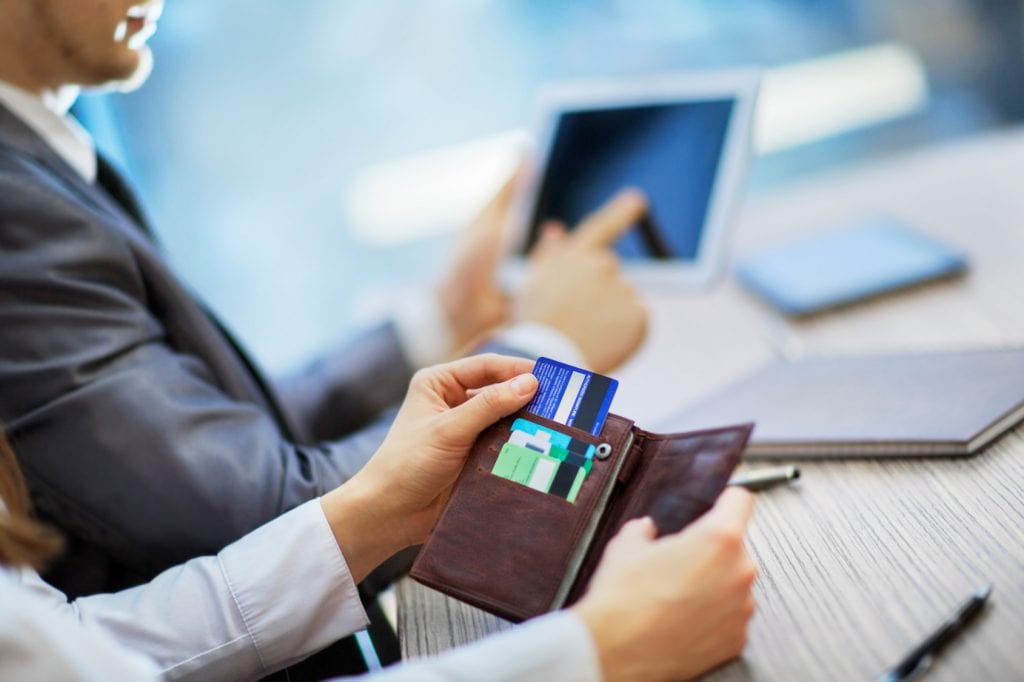Apple Pay’s consumer adoption has been slow but steady. That’s according to the following report showing the most popular retailers for Apple Pay users.
A consumer spending analytics firm, TXN, has published statistics that show that Whole Foods Market (NASDAQ:WFM) and Duane Reade are the stores with the highest rates of Apple’s (NASDAQ:AAPL) Apple Pay use. At Duane Reade, 1.8 percent of the transactions were carried out using Apple Pay. With Whole Foods, it was 1.7 percent of the transactions. The rest of the retailers had Apple Pay transactions that comprised less than 1 percent of their total. Compared to brick-and-mortar stores, usage of Apple Pay was higher on websites and smartphone apps. HotelTonight led this segment with 3.4 percent of the transactions being carried out using Apple Pay. To come up with the report, TXN used its research panel’s analysis. In exchange for incentives, participants in the panel allowed the analytics firm to view their credit card statements. With the study concluding that Apple Pay transactions had grown by 50 percent year-on-year, TXN’s Jonathan Wolf said the growth would continue as more and more consumers and retailers adopted the service and as users got more comfortable and adept at using Apple Pay.
Apple, on the other hand, painted a different picture recently. Though Apple Pay’s highest ranking executive refused to disclose the transaction figures, Apple’s chief executive officer revealed during the 2016 fourth quarter earnings call that transactions on the payments platform had grown by 500 percent year-on-year. Additionally, Tim Cook revealed that the digital payments platform is now supported by approximately 35 percent of retailers in the United States, or about four million locations.
The adoption percentages for Apple Pay are certainly not earth-shattering. When only 1 or 2 customers out of a hundred are using your service, that’s no cause to celebrate. This is a small step for Apple, and certainly the potential is still there, as registered Apple Pay users number in the millions. The challenge for Apple and other smartphone pay apps is that most shoppers do not see the advantage of paying with their phone compared with plastic cards. There needs to be other reasons and incentives. Consider that Starbucks has 25% of its customers using mobile pay at point-of-sale. Why? Because of the integrated features and high level of customer engagement. Until Apple Pay and the others can emulate that, it will take a long time to move the dial on mobile pay adoption.
Overview by Raymond Pucci, Associate Director, Research Services at Mercator Advisory Group
Read the full story here
